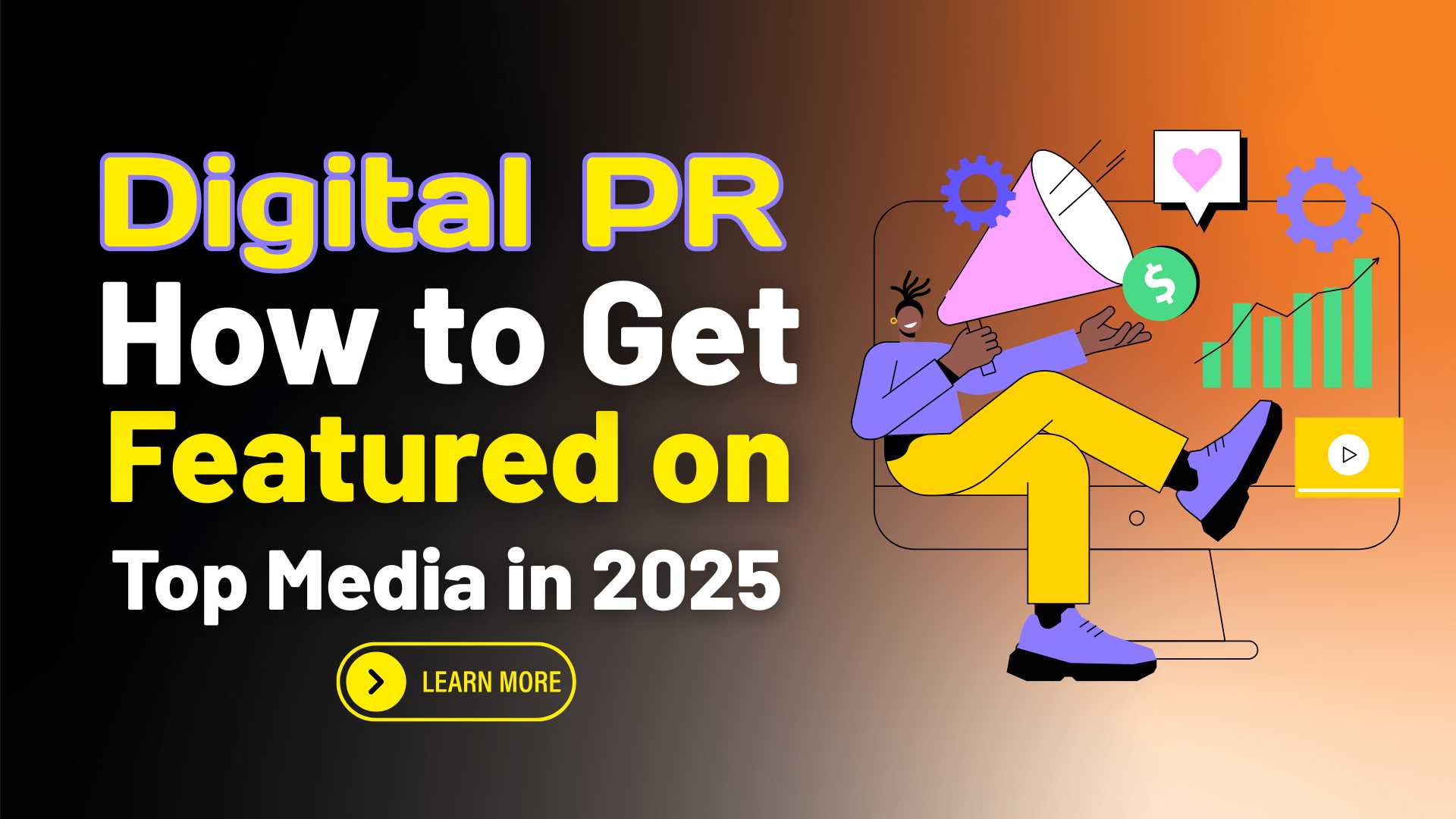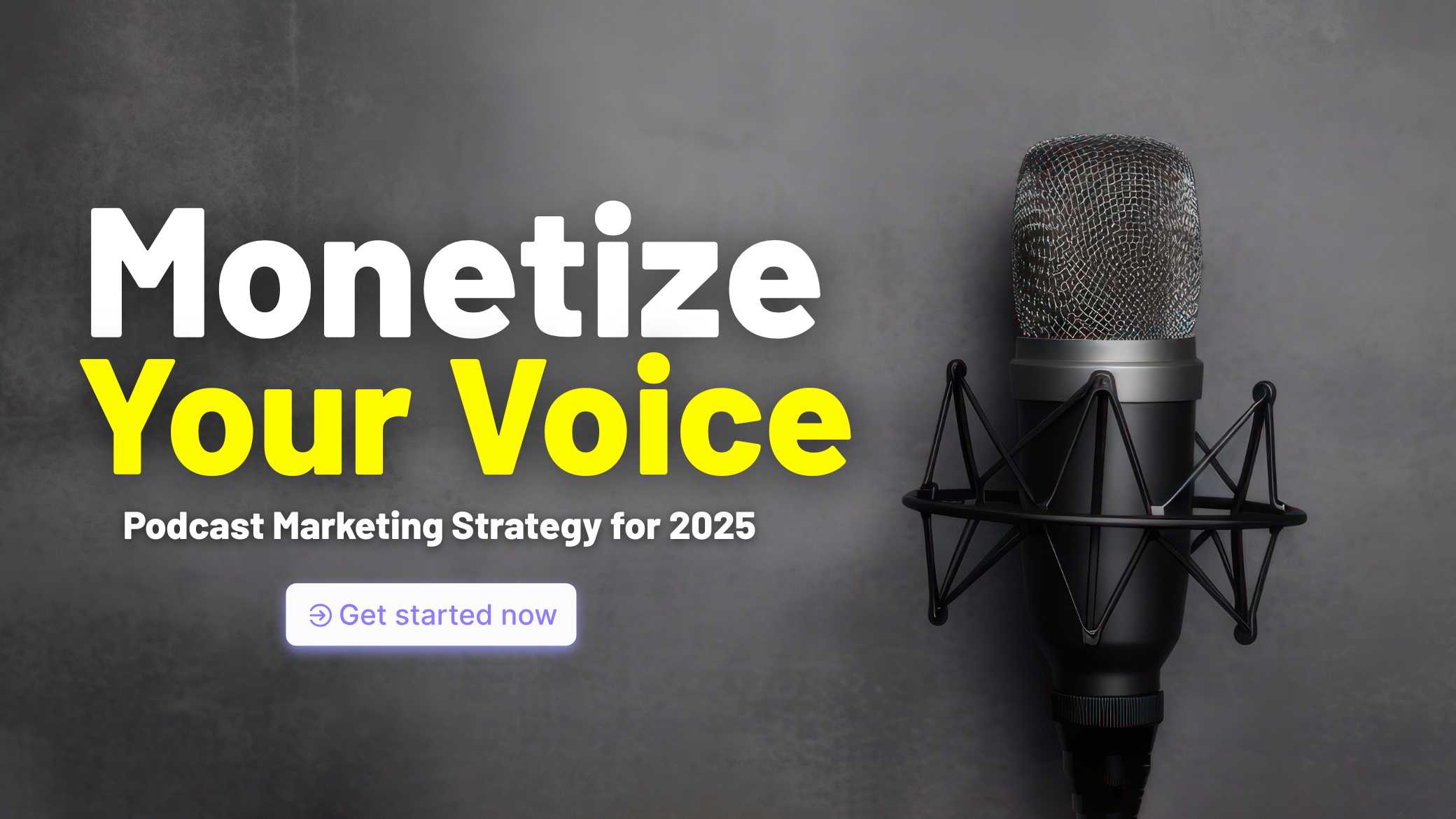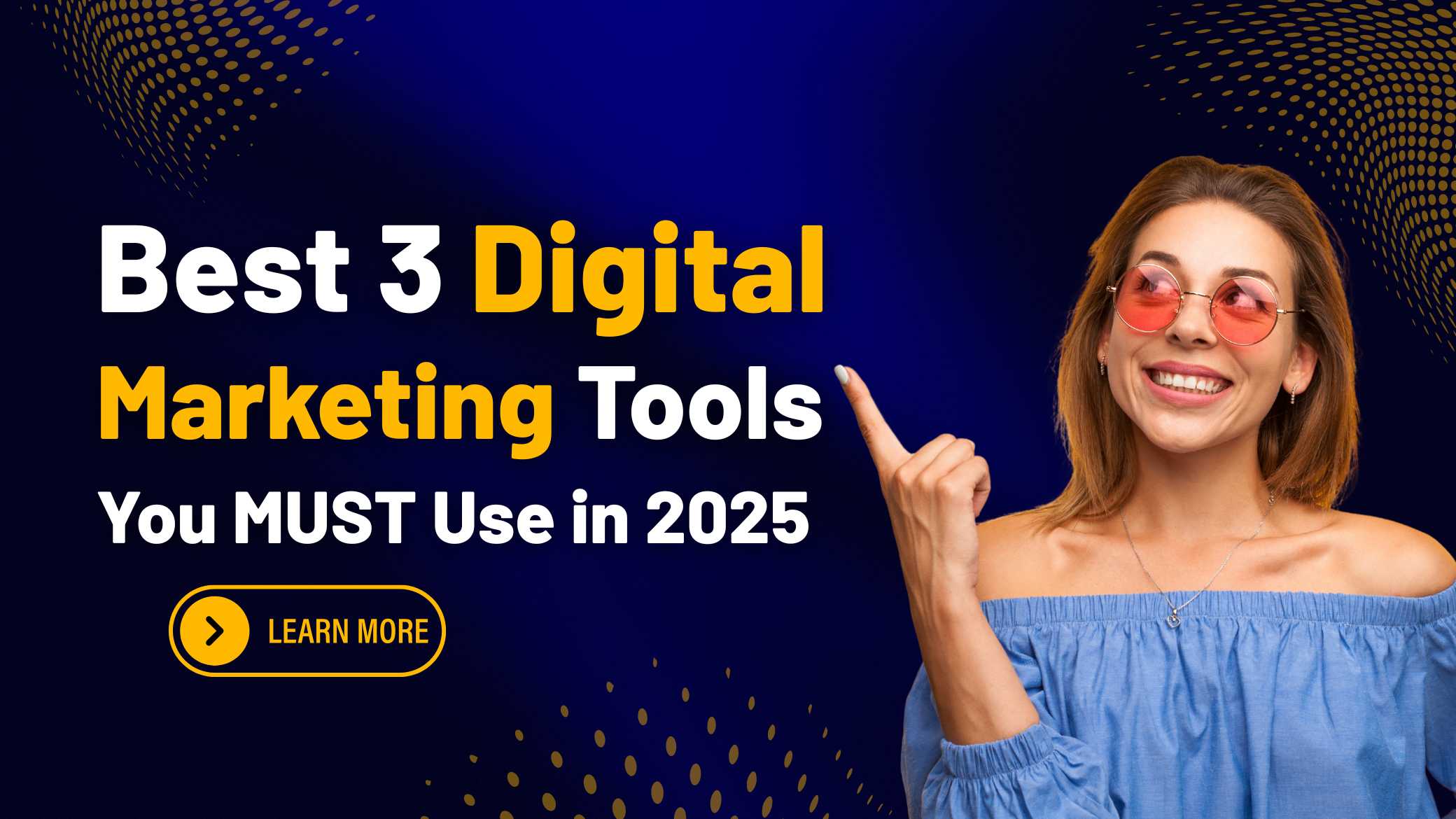Digital PR : In the rapidly evolving digital landscape of 2025, Digital Public Relations (Digital PR) has emerged as a powerful force for brands seeking to establish credibility, build authority, and reach wider audiences online. As traditional PR continues to decline in relevance due to the dominance of digital media, brands are leveraging innovative digital PR strategies to earn media placements, generate backlinks, and improve their search engine rankings.
Table of Contents
This essay explores the fundamentals, latest trends, and actionable strategies to help you get featured on top media platforms in 2025 through effective digital PR.
How the Media Landscape Has Transformed

Digital PR in 2025 is no longer confined to press releases or cold pitches to journalists. It is an integrated approach that combines content marketing, influencer outreach, SEO, data-driven storytelling, and media relations to create a compelling online presence. The goal is to amplify brand visibility, enhance credibility, and drive organic traffic through earned media coverage and strategic brand mentions. As audiences demand more authenticity and engagement, brands must prioritize storytelling, relationship-building, and data-backed campaigns that resonate across multiple digital platforms.
Also Read : Viral marketing Ideas For Digital Marketing
The media landscape in 2025 has transformed dramatically. With the continued decline of print media and the rise of online-first publications, journalists are under pressure to produce high volumes of content quickly and efficiently. AI tools are now widely used by editorial teams to streamline writing, research, and even basic reporting. This has made it easier for well-crafted, ready-to-publish content from PR professionals to find its way into reputable outlets. However, it has also increased competition for attention, meaning only highly relevant, value-driven pitches stand a chance of being noticed.
Setting Clear Objectives for Your PR Campaign
A successful digital PR strategy in 2025 begins with setting clear objectives. Whether you aim to increase brand visibility, improve SEO rankings through backlinks, build thought leadership, or launch a new product, your PR plan must align with broader business goals. These objectives will influence the type of media you target, the stories you pitch, and the metrics you use to measure success. Defining these goals early on allows you to build campaigns that are focused, measurable, and impactful.
Targeting the Right Media Platforms
Once your objectives are in place, the next step is identifying target media outlets. These can include mainstream news sites, industry-specific publications, authoritative blogs, popular podcasts, and YouTube channels. You should also include online communities such as Reddit, Quora, or niche forums where your audience spends time. In 2025, success often lies in being featured in highly relevant micro-publications rather than chasing only top-tier outlets. The key is to research where your audience gets information and identify media outlets that are trusted and respected within your niche.
Crafting Newsworthy and Valuable Content
Creating newsworthy content remains at the heart of any effective digital PR campaign. In 2025, journalists are looking for more than just promotional material—they want value, relevance, and timeliness. Brands that can offer original research, exclusive data insights, compelling customer stories, or expert opinions have a higher chance of being featured. For example, publishing a well-researched industry report or survey and sharing it with relevant journalists can result in multiple backlinks and media mentions.
Personalizing Your Pitches to Journalists
Personalizing your pitches is essential in today’s crowded digital landscape. Gone are the days of mass-emailing press releases and hoping for coverage. In 2025, journalists expect pitches that are customized to their beat, writing style, and recent work. Take time to read their previous articles, understand what topics they care about, and craft a pitch that demonstrates why your story is relevant to their audience. A strong pitch should have a catchy subject line, a concise summary of the story, and a clear explanation of why it matters now.
Building and Nurturing Media Relationships

Relationship-building is another cornerstone of digital PR success. Getting featured repeatedly in top media outlets often depends on the strength of your relationships with journalists, editors, and influencers. Follow them on social media, share their content, and engage with them meaningfully. Comment on their stories or respond to their questions on platforms like Twitter and LinkedIn. Over time, these interactions build trust and familiarity, making journalists more receptive to your pitches.
Combining SEO and Digital PR for Greater Impact
Digital PR in 2025 is deeply integrated with SEO and content marketing. The best PR campaigns not only result in media mentions but also secure high-authority backlinks that improve your site’s domain rating and help drive organic traffic. This is why it’s critical to collaborate with your SEO team when planning PR campaigns. Identify keyword opportunities, create linkable assets like data-driven blog posts or whitepapers, and promote them to relevant media outlets and bloggers.
Leveraging Influencer Marketing in Digital PR
Influencer marketing continues to play a key role in digital PR. While celebrity influencers may no longer be as influential due to concerns about authenticity, micro-influencers and niche content creators are seeing increasing engagement and trust. Partnering with these creators allows you to reach targeted audiences with higher credibility. For example, securing a guest appearance on a niche podcast, being featured in a YouTuber’s product review, or collaborating on a social media campaign with a respected industry voice can drive significant traffic and media exposure.
Using AI and Technology to Streamline PR Efforts
Technology and AI have transformed PR workflows in 2025. Media monitoring tools powered by AI can track brand mentions across the web in real time, allowing you to respond quickly and leverage coverage. Pitch intelligence platforms can analyze journalist interests and recommend personalized story angles. Content generation tools assist in creating press releases, blog posts, and outreach emails faster and more effectively. AI also enables predictive analytics to forecast which topics are likely to trend, helping you stay ahead of the curve.
Incorporating User-Generated Content (UGC)
Another emerging trend is the use of user-generated content (UGC) in PR campaigns. Brands are increasingly encouraging customers to share their experiences online through reviews, videos, and testimonials. These stories are not only more authentic and relatable, but they also provide ready-made PR material that journalists are more likely to feature. Campaigns that showcase real users—especially those involving emotional or inspiring stories—are more shareable and newsworthy in 2025.
Preparing for and Managing PR Crises
Crisis communication remains a crucial aspect of digital PR. In a world of fast-moving information and viral content, brands must be prepared to respond to negative publicity quickly and professionally. In 2025, this includes not only issuing timely public statements but also monitoring social media sentiment, correcting misinformation, and engaging transparently with audiences. A well-prepared digital crisis response plan should include messaging templates, designated spokespeople, and monitoring tools to manage reputational risks effectively.
Measuring the Success of Your Digital PR Campaigns
When it comes to measuring the success of your digital PR efforts, it’s important to go beyond vanity metrics like impressions or article views. In 2025, performance is evaluated using more comprehensive KPIs such as the number and quality of backlinks earned, referral traffic from media placements, engagement rates on shared content, lead conversions attributed to PR efforts, and improvements in domain authority. Tools like Google Analytics, Moz, Brandwatch, and CoverageBook can help you track these metrics and demonstrate the ROI of your PR strategy to stakeholders.
The Future of Digital PR in the Years Ahead
Looking ahead, the future of digital PR will likely involve even closer integration with marketing, greater personalization, and more data-driven campaigns. Brands that invest in building long-term relationships with media, crafting original and insightful content, and leveraging technology will thrive in this new environment. Ethical considerations will also become more prominent, with a greater emphasis on transparency, authenticity, and corporate responsibility.
Conclusion: How to Get Featured on Top Media in 2025

In conclusion, getting featured in top media in 2025 is about more than just sending a press release—it requires a holistic digital PR strategy rooted in storytelling, data, SEO, influencer collaboration, and media relations.
Buy Now : Social Media Marketing Guide eBook
By understanding the current media landscape, leveraging technology smartly, and creating genuinely valuable content, brands can secure impactful media coverage that builds authority, boosts visibility, and drives growth in the digital age.








